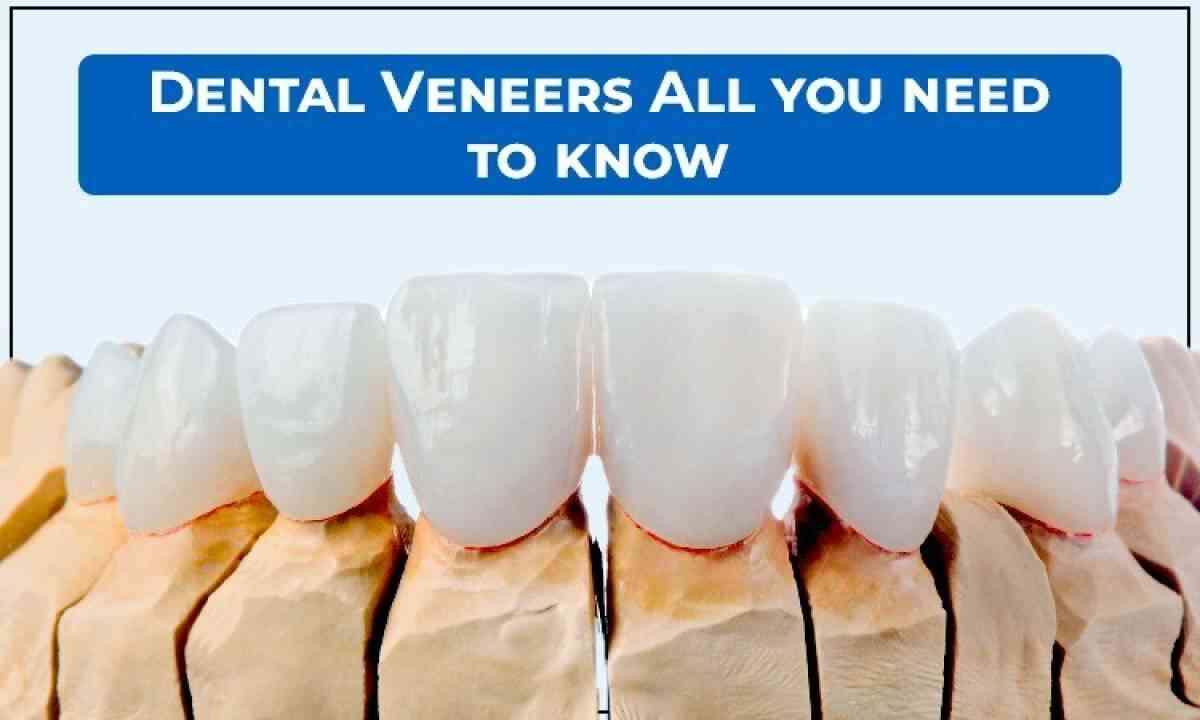Dental Veneers: Procedure, Types, And Benefits
- - Category: Dental Care
- - 04 Jan, 2023
- - Views: 286
- Save

Cosmetic dentistry has evolved to provide us with effective solutions for chipped, damaged or uneven teeth.
What are dental veneers?
These are a cosmetic solution made from either Porcelain or Resin-composite materials. These are bonded to the teeth permanently using cement. The veneers are thin and provide a restoration which appears natural with tooth-coloured shells. These are most often used for the top front eight teeth.
Advantages of dental veneers
- The procedure to place veneers is less invasive compared to crowns and implants.
- They are low maintenance and the procedure requires only a few visits
- Veneers are both cosmetic as well as protective in nature.
- They improve your smile and boost confidence
- They provide a natural looking restoration
- They can last for years
Moreover, They can be used for correcting:
1. Chipped teeth
2. Broken or pointed teeth
3. Irregular or smaller than other teeth
4. To fill the gaps
5. Discolored teeth which can’t be corrected otherwise
The different types of cosmetic dental veneers
The two main types of veneers are Porcelain veneers and Composite veneers. Another type of less frequently used veneer is a no-prep veneer.
Preparation and procedure for the application of veneers
The basic preparation for Porcelain and Composite veneers includes a thorough assessment by an experienced dentist. This is followed by preparing your teeth. The front surface of the tooth is grinded down to create a rough surface for a stronger bonding. It also makes the appearance less bulky after placing the veneers. Some surface of the tooth even below the enamel may be grinded down in case of a porcelain-based veneer. For Resin-composite veneers, minimal enamel is removed. A local anaesthetic is given to make it comfortable and pain-free for the patient.
What are Porcelain dental veneers?
As the name suggests, these veneers are made of porcelain. After a thorough assessment, preparation for the veneers is done. After that, an impression of the tooth or teeth is made to create a mould. The mould is sent to the lab where the custom sized veneer is made with a shade closely matching your teeth.
Sometimes a dentist can make the veneer in the office using CAD/CAM technology. You will be given a temporary veneer till the customized veneer is made. On the next visit, which will be after one to two weeks, porcelain veneers are placed on your teeth after cleaning. The veneers are bonded with the help of a cement and the fit is checked. Adjustments if needed may be made in another visit.
What are Resin-based composite veneers
The name suggests that these veneers are made of resin-composite material which is a tooth-coloured filling substance. These are different from Porcelain dental veneers but these are also a semi-permanent solution.
The dentist will etch the tooth surface first. This is followed by application of a thin layer of composite material to the prepared tooth. It is sculpted to mimic the natural shape of your teeth. The dentist may use additional thin layers of the composite material until the desired look is created.
After this, curing of the composite is carried out with a special light which hardens the veneer. This is followed by smoothening.
No prep Veneers- There are specific brands of these veneers which are less frequently used compared to the other two types. These no-prep veneers only require a little enamel removal. Thus, they are not as invasive and can be applied sooner. These are made of ceramic material. These are expensive veneers. Read more

